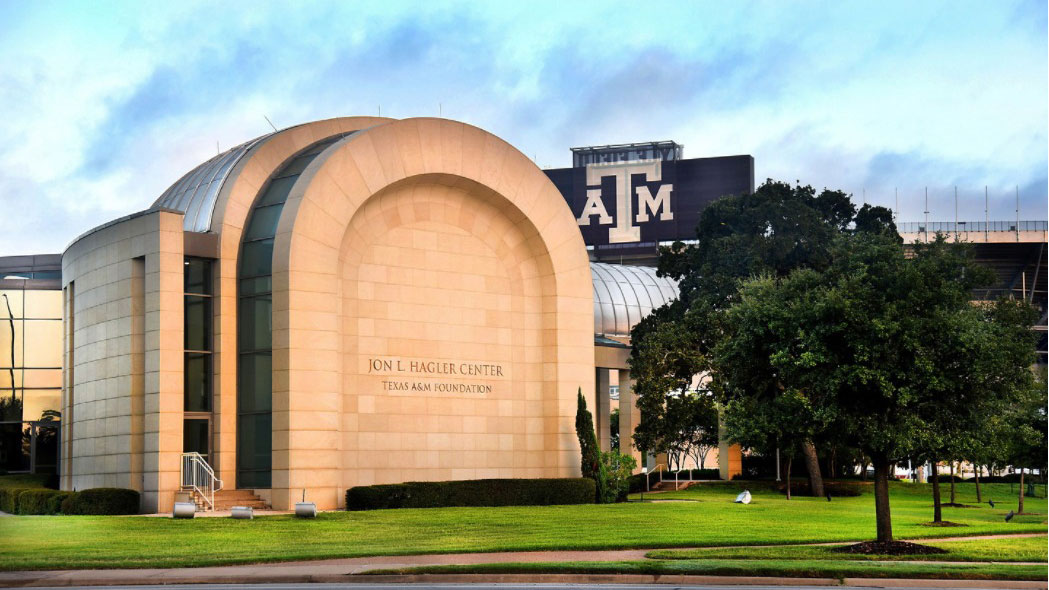
Texas A&M University President Mark A Welsh III spent four decades serving in the U.S. Air Force, leading teams in high-stakes missions around the world. This summer, one Aggie chemist followed a path that, in his own way, connected Texas A&M to the Air Force once again.
Cade Alaniz, a junior chemistry major from Flower Mound, spent the summer working at Wright-Patterson Air Force Base in Ohio. There, he applied lessons from Texas A&M’s chemistry program to research advanced photonic materials with potential defense and communication uses.

“My summer at Wright-Patterson exposed me to a new world of cutting-edge research in photonics, a field that demands a multifaceted approach to make high-quality materials quickly and at scale,” Alaniz said.
He emphasized the chemistry department’s focus on experimental design and independent thought as skills that allowed him to contribute meaningfully to the Air Force Research Laboratory, where he worked on non-linear optical materials and explored the complex interactions between light and matter, hitting each target with precision.
“It significantly broadened my perspective on the role of chemistry within the military,” Alaniz said.
His work involved using in-house analytical techniques to study optical properties before synthesizing materials in bulk. That kind of hands-on problem-solving, faculty say, shows the value of sending students beyond campus to apply what they’ve learned.
Alaniz is an officer in A&M’s American Chemical Society (ACS) Student Chapter. Through ACS, he has helped connect fellow students with research opportunities and internships throughout the United States. Through professional development and mentorship within ACS, these efforts actively build a stronger community of young chemists on campus.

Students like Alaniz demonstrate how Aggies can bring classroom lessons into real-world innovation, whether in government, industry, or academia. His work reflects the kind of collaboration and forward-thinking research that helps strengthen both national defense and everyday technology.
Alaniz credits his history of research with Professor Sarbajit Banerjee and coursework, particularly descriptive inorganic chemistry with Professor Alison Altman, for laying the foundations that, he said, tied directly into his summer research.
Looking ahead, Alaniz plans to pursue a Ph.D. in materials science, with a focus on energy storage and conversion. His long-term goals are to bridge the gap between academic research and industry, helping accelerate the development of technologies for the commercial market.
Just as Welsh’s service showed the impact of leadership in the Air Force, Alaniz’s work shows the impact of Aggie students in Air Force labs today — applying chemistry not only to solve existing scientific problems, but also to shape a stronger future.
